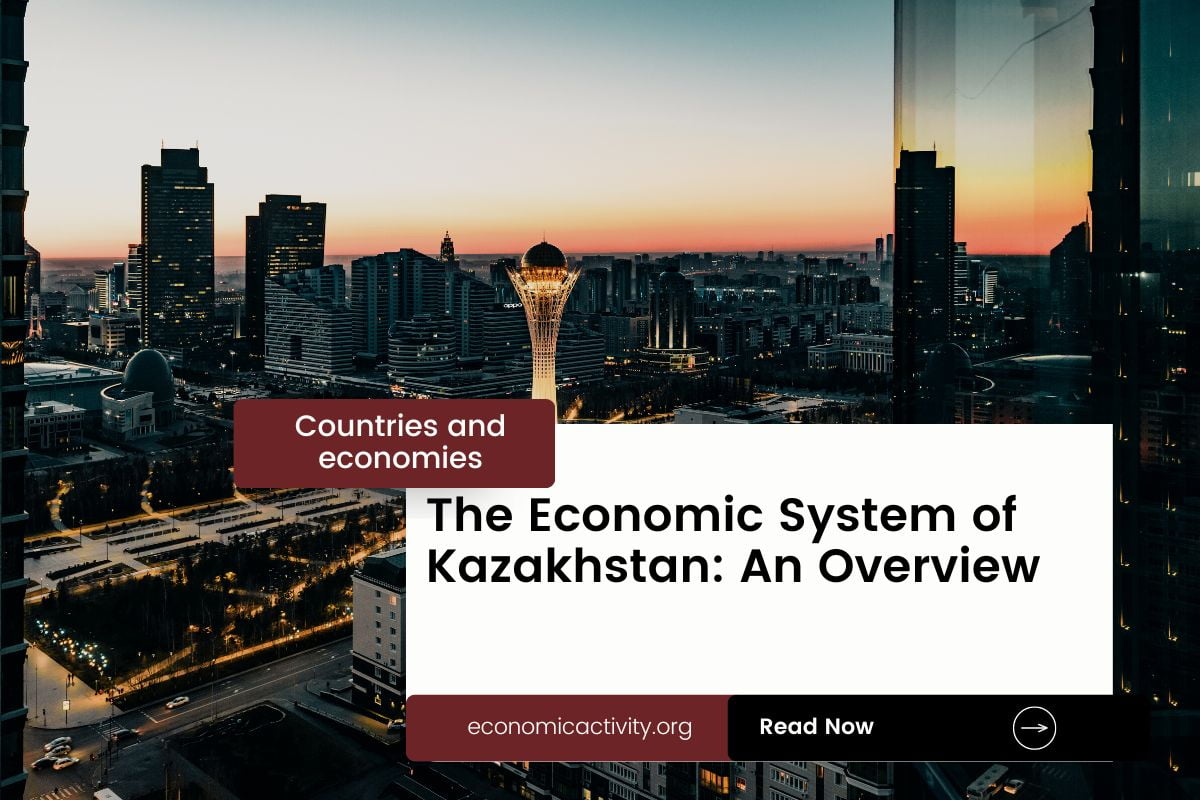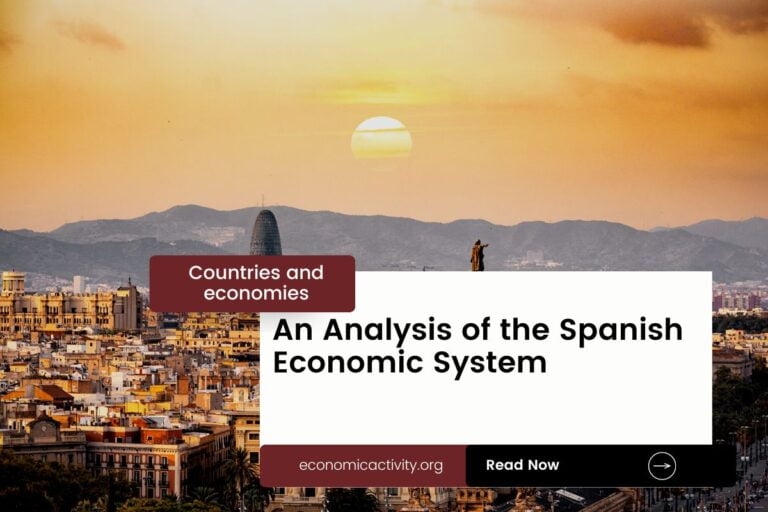What is the economic system of Kazakhstan? The economy of Kazakhstan is based on a mixed economy. The country’s economic system combines elements of a market economy and a planned economy.
Kazakhstan’s economy is heavily reliant on its vast oil and gas reserves, as well as mining and agriculture. It has been transitioning to a market-based economy since its independence in 1991.
In Kazakhstan, the economy is composed of a private sector, consisting of individuals and businesses that make autonomous decisions based on self-interest, and a public sector, where the state determines the production and distribution of certain goods and services. No country is purely capitalist or purely communist.
What do the freedom indexes tell about the economic system of Kazakhstan?
Now, to determine if a country is mostly a market economy or a planned economy, it is useful to examine some economic indexes. For instance, according to the 2022 Index of Economic Freedom, which measures the ability of every human to control his own labor and property, Kazakhstan is ranked 64th globally and 11th in Asia-Pacific indicating that the country has a moderately free economy.
In a similar way, the 2022 Freedom House index evaluates the state of political rights and civil liberties globally. Generally, market economies tend to align more with democracy and freedom, while command economies tend to be characterized by greater state control and fewer democratic and civil liberty protections.
Kazakhstan gets a score of 23/100, which qualifies it as Not Free. Kazakhstan is a country where the government controls what people do for political reasons, and people have limited freedom to choose (what, how much, and how to produce, whether to buy or not, selling price, etc.)
The Link Between Public Sector Employment and the Economic System of Kazakhstan
An indicator of the extent to which the State is involved in the economy is the number of public sector employees. In Kazakhstan, according to ILOSTAT, the number of public sector employees as a percentage of the total workforce is 23.3% (2012).
In the country’s mixed economy, the number of public sector employees as a percentage of the total workforce varies based on the specific policies and practices adopted by the State. Some economic activities are left to the private sector while others are under government control. The bigger the public sector the closer is the economy to being a command economy.
What do the biggest companies in Kazakhstan say about the country’s economic system?
The biggest company in Kazakhstan should also be looked at, as well as whether it is a state-owned or private company. In this case, Halyk Bank is a leading financial services provider in Kazakhstan, offering banking, insurance, and investment services. JSC ALMEX Holding Group is controlled on a parity basis by Timur Kulibayev and his wife Dinara Kulibayeva, son-in-law and daughter of former President of Kazakhstan Nursultan Nazarbayev. source
Kazakhstan’s private sector industries include oil and gas, mining, agriculture, and manufacturing. Public industries include healthcare, education, and transportation.
The historical factors that have influenced the economic system of Kazakhstan
Kazakhstan’s mixed economy system has been shaped by a combination of factors, including the Soviet Union’s legacy of central planning, the country’s natural resources, and its post-independence economic reforms.
The Soviet Union’s legacy of central planning has left Kazakhstan with a large public sector, while its natural resources have enabled it to develop a strong private sector.
Post-independence economic reforms have also helped to create a more open and competitive market economy.





Leave a Reply